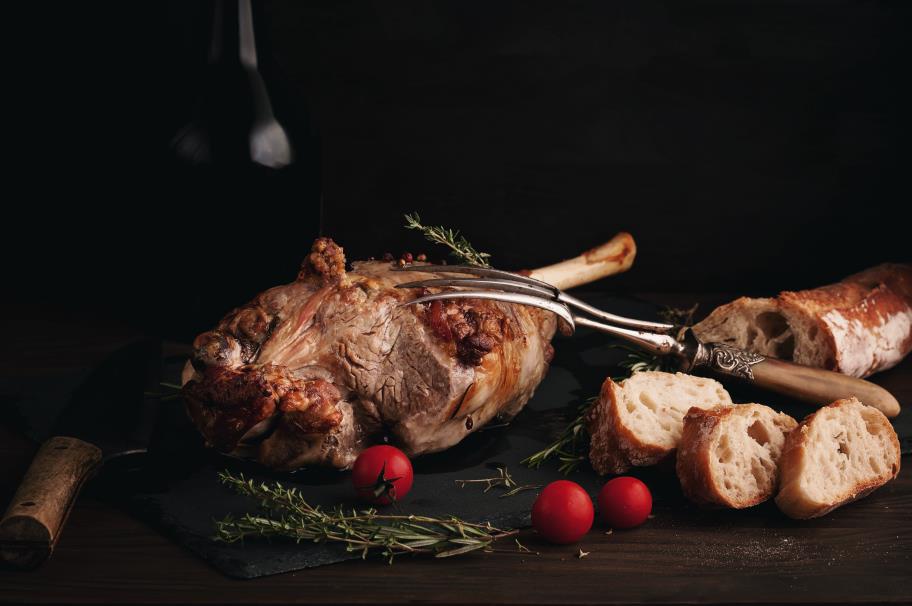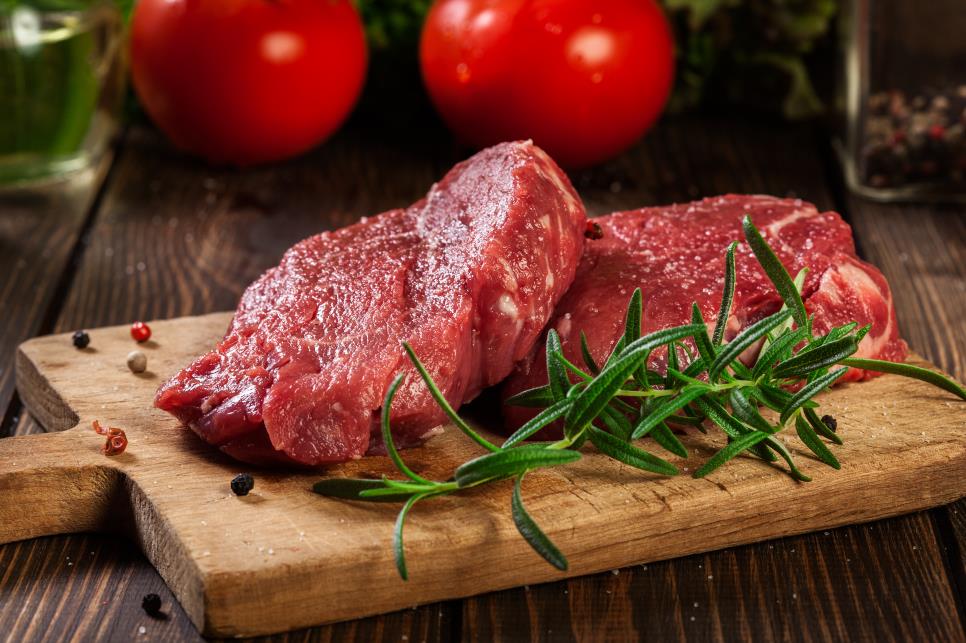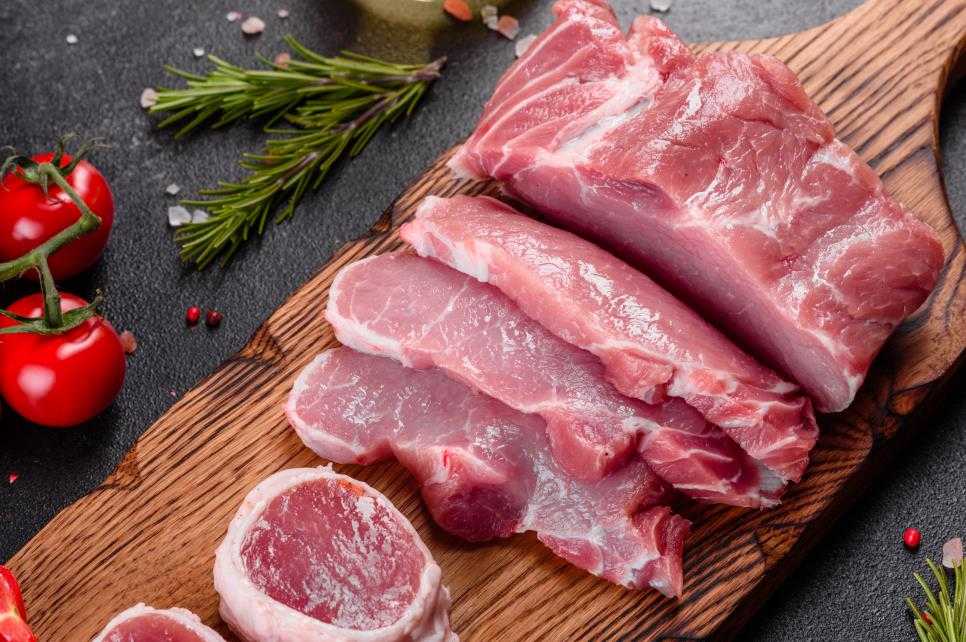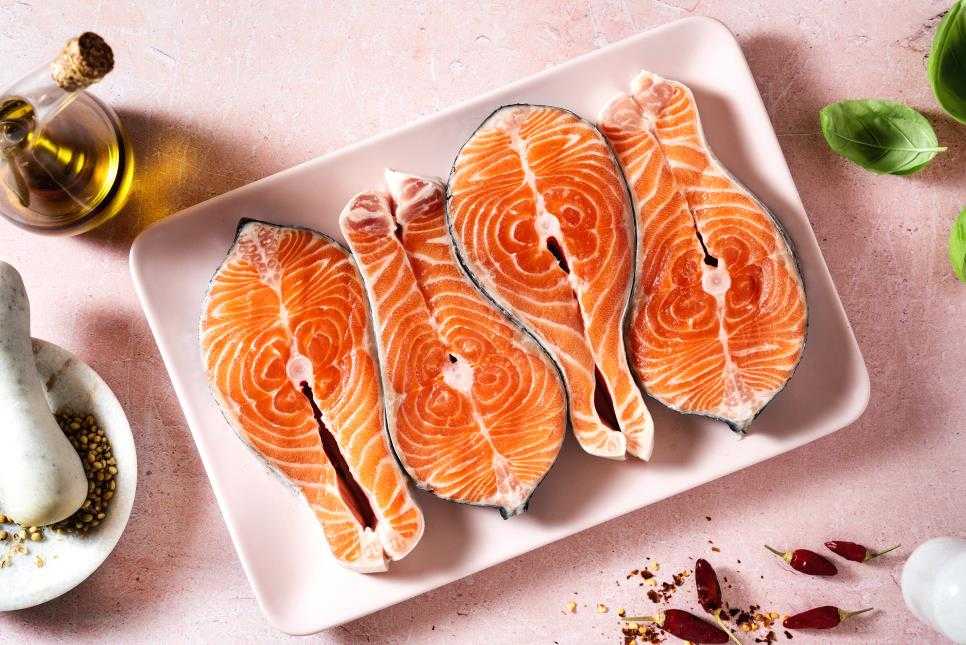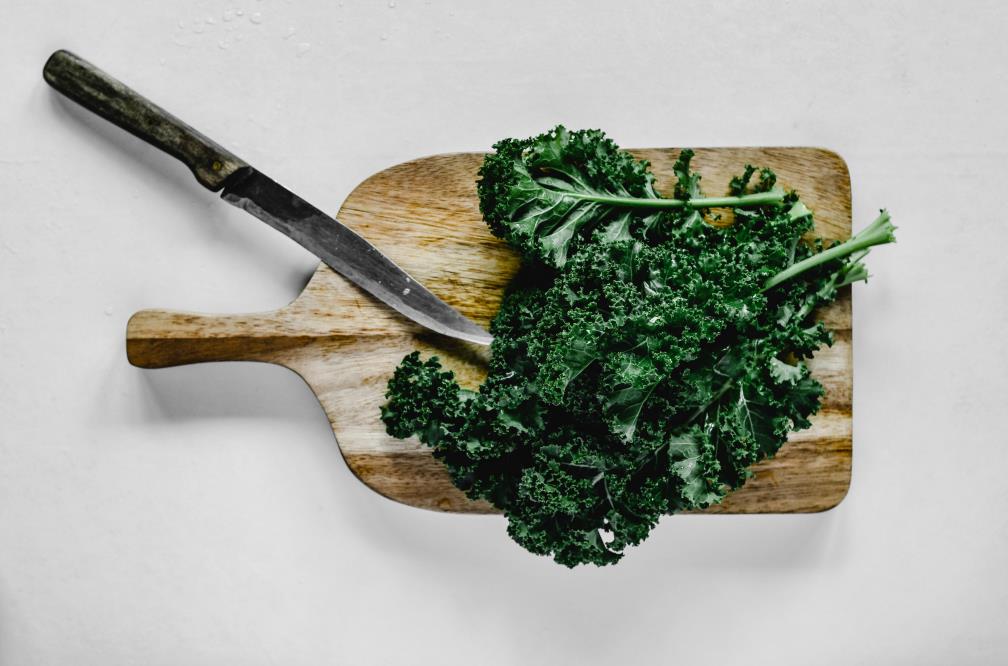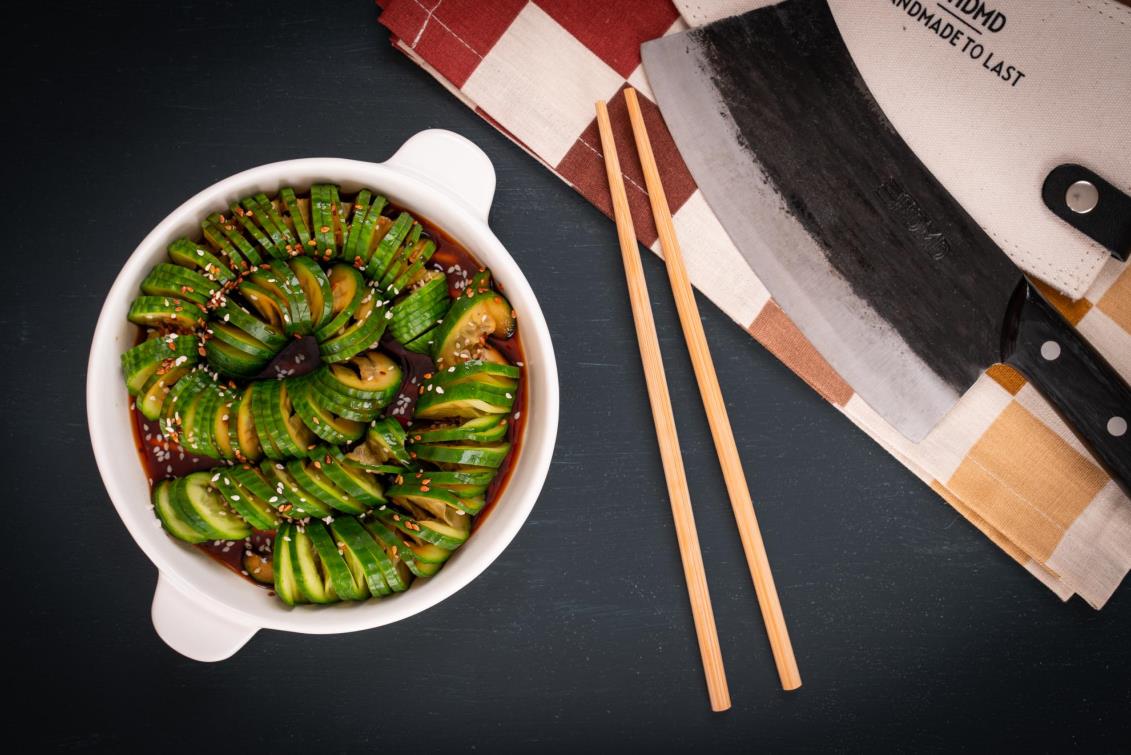Leeks in the kitchen bring a mild, creamy, and oniony sweetness to dishes that you’ll very much enjoy.
Available year round, you’ll find them at their peak from April to September in the U.S and they’re so worth adding to your shopping basket. Fondly called ‘the gourmet’s onion’, leeks impart a spreading depth and warmth to savory dishes like casseroles and soups with little effort on the cook’s part.
In this article we’re going to be examining leeks more closely. – how to shop for leeks; how to cut and prep them properly; how healthy leeks are; cooking and eating leeks, and more interesting stuff about this underused relative on the onion. Let’s look at some smart shopper buying tips to start!
Table of contents
Buying high quality leeks for your table
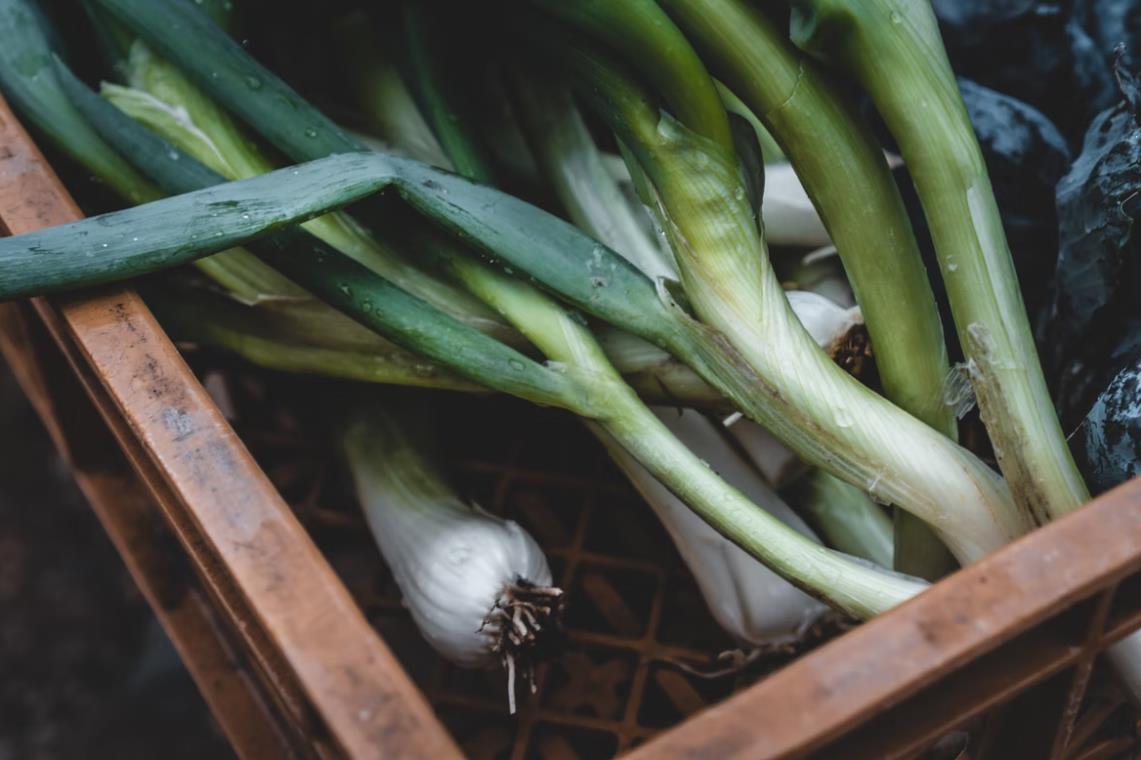
To obtain luscious leeks, here are some essential guidelines to follow. Firstly, opt for leeks with predominantly white and light green portions, as the dark green tops tend to possess a slightly bitter taste. Additionally, ensure that the leeks you select are straight, firm, and exhibit a crisp freshness in appearance. Avoid those that appear wilted, discolored, or soft, as these are signs of deterioration.
When inspecting the leek bulb, ascertain that it is intact and unblemished, devoid of any cracks, holes, or damage. It is advisable to purchase unwrapped leeks in bunches whenever possible, as plastic packaging can trap moisture, leading to the accumulation of moisture and eventual rot. Lastly, to determine the leek’s tenderness, gently press on the middle of the vegetable to check for a hard seed stalk. If the leek feels hard and unyielding, it is best to choose another bunch, as such leeks tend to be tough and woody when consumed. For shorter cooking times, like in a stir fry, consider purchasing smaller leeks, as they tend to be more tender.
Following these guidelines will ensure that you obtain the finest quality leeks for your culinary endeavors.
Which part of the leek to use
Many people discard the upper, very dark green tops of the leek because they find it tougher to cook down and slightly bitter.
Discard the upper leaves if you want to, but a frugal kitchen is a joy to the wallet. We recommend trimming the upper parts of the leek leaves off and saving these in the freezer for long cooking time dishes like soups. Why waste flavor and goodness?
For most recipes you’ll use the white stalk and very light green areas of the leek, but it’s a matter of personal preference how much of the leek you use. The roots and very tip of the bulb, about ½ inch, are trimmed off and discarded before chopping but add these into your compost heap if you’re ecologically minded!
Cleaning your leeks before chopping
Leeks need to be thoroughly rinsed before using because their tightly packed leaves can hide dirt or dust. Either:
- Hold a whole leek in your hand by the root end and swirl the rest of the plant vigorously in a basin/sink of cold water to remove trapped dirt, or-
- Cut off the bottom tip of the stalk and the root fibers, slice up the rest of the leek and THEN put the sliced leeks into a basin of water, mixing the pieces of leek up with your hands to agitate the water and shake loose any dirt within the leek segments.
Once you’re happy that the leek or leek pieces are clean, you can either pat dry or drain them off using a sieve or colander.
If you’re buying farm produce you may have quite a bit of soil left on the plant, so you may need to rinse repeatedly in a couple of changes of water to get the leeks entirely clean.
Cutting leeks
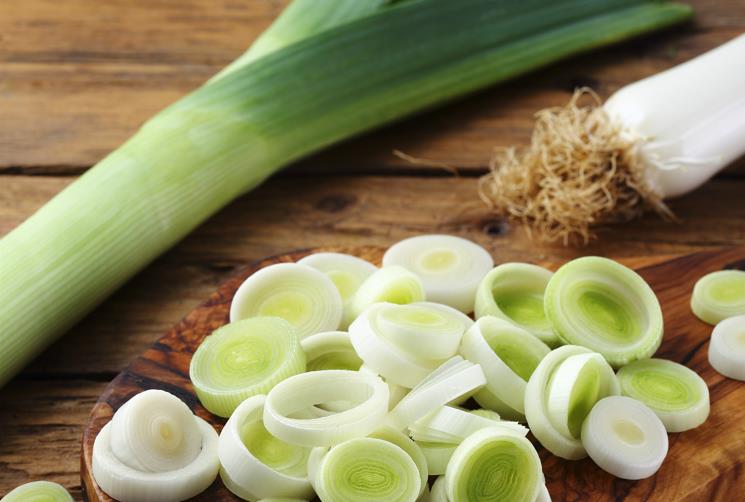
Tools you’ll need: A sturdy, non-slip chopping board and a sharp chef’s knife. Prep your leeks beforehand by washing, drying, and trimming off the bottom inch of the root end.
Handpicked for you
True cutting power in the palm of your hand
Half-moon slices
Look along the length of the leek and find the spot where the leaves change from light/yellowy green to a dark green. At that point, cut once downwards through the leek, removing those dark leaves. Either discard the dark green leaves or freeze them for stock etc.
Take your ‘baton’ of leek and hold it firmly in front of you on the chopping board with your non – chopping hand, you’re going to cut it vertically straight down it’s length, so that you’ve split the ‘cane’ of leek into two halves.
Each half of the leek stem will now have a flat surface. Place a half on its flat surface (face down in other words) horizontally or lengthwise in front of you, and holding it firmly at one end, chop all the length of the leek in small increments. This will give you a pile of ‘half – moon’ shaped leeks!
Rounds of leek
To get rounds or circles of leek, you’re going to take your cleaned and trimmed leek and hold it horizontally on the chopping board in front of you. Start at one end of the stem and cut downwards in smooth strokes with your chef’s knife in small increments.
You’ll have to grasp the leek firmly with your non – chopping hand as it’s still round and prone to rolling around!
Continue slicing along the length of the leek until the whole stem of leek is divided into circles or rounds.
Strips of leek (julienne)
julienne-cut leeks can be a versatile and flavorful addition to many dishes like Quiche, Frittata, and simple vegetable stir-fries. Here is a step-by-step guide of how to julienne leek into strips:
- Take your washed and trimmed leek and place it horizontally on the chopping board in front of you.
- Cut through the middle of the leek, across its width. This will divide the stalk of leek into two.
- Now cut each halved stalk of leek into two again, this time lengthwise. One sure cut straight down the middle of the leek stem, horizontally if the leek is in a horizontal position, and vertically if the leek is in a vertical position. A horizontal alignment will be easier to work with here.
- You will have 4 pieces of leek in total per leek stalk.
- Now place each piece flat side down (rounded part uppermost) on your chopping board in a vertical position. If you put your arm out straight in front of you, that’s the way the leek should be positioned, facing straight ahead in a vertical line from you.
- Holding the leek on one side with your non – chopping hand, cut down starting from the opposite edge of the leek stalk and cut down in one stroke throughout the whole length of the leek piece in one go. The pieces of leek will fall away from your chef’s knife in slivers or julienne.
- Once you’ve got your initial sliver, continue moving the knife across the width of the leek vertically, continuing to slice down in either very thin or wider increments. Wide increments (spaces) will give you chunky slivers of leek, whereas slices very close together will give you very fine slivers of leek.
- Continue cutting according to your own taste or the recipe instructions until all the leek is cut down into strips.
Storing leeks for maximum longevity and freshness
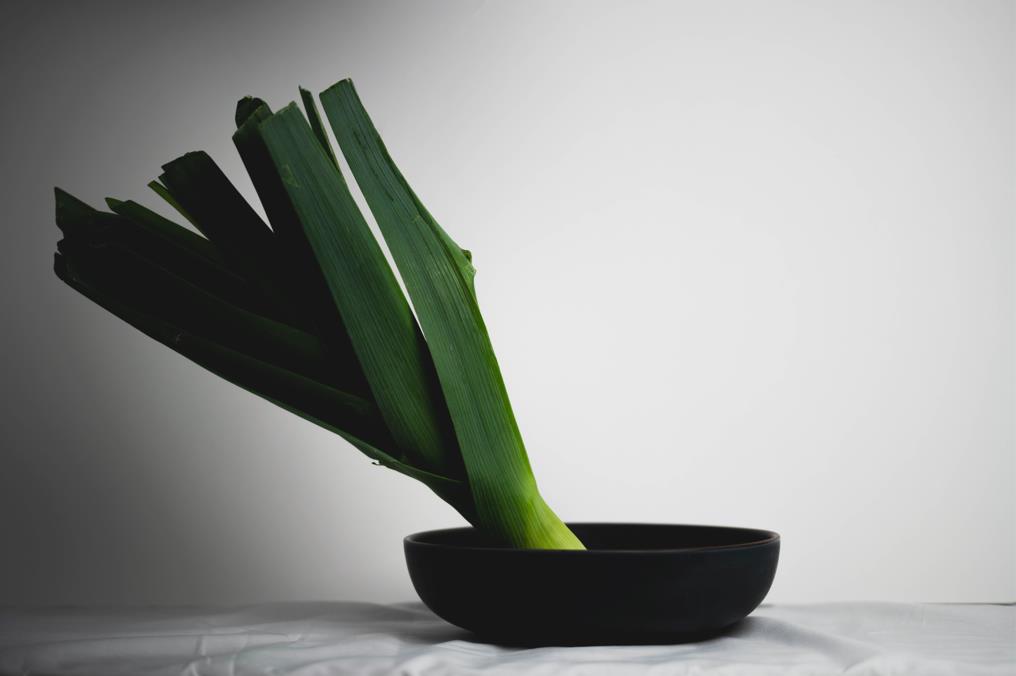
Zip lock bag method
If you have large clear plastic/Ziploc bags to hand and enough space in your fridge crisper drawer, try this method to keep leeks lovely and fresh for up to 1.5 months.
Take your whole leeks and leave the roots on. Put a couple of handfuls of well dampened paper towel at the bottom of your Ziploc bag and tamp the towel layer down so that it spreads along the bottom of the bag.
Next, gently take your leeks and slide them into the bag, root end down. Nudge the roots into the damp paper towel as if the paper towel was soil and you were ‘replanting’ them. Once the leeks are all in the bag without overcrowding, and the roots are all nestled within the damp paper towel layer, you can place the bag with leeks into your fridge crisper drawer and the leeks should hold their freshness for at least a month!
No fridge method
Simply take the untrimmed leeks and place them root ends down into a large jar filled with cold water. Left on the counter like that, they’ll last a good 3 or 4 days.
Fridge storage
Wrap the untrimmed and unwashed leeks tightly in plastic wrap so that their odor doesn’t spread in your fridge. In the veg crisper drawer they should stay fresh for about 2 weeks if they’re left tightly sealed.
The health benefits of leeks
Leeks are great for you! They contain phenolic compounds which boost immunity and help you fight disease, and d – limonene – a compound that lowers the amount of cholesterol and triglycerides in the liver. These are just two of the many healthful substances that leeks contain.
Leeks FAQs
Are leeks and spring onions the same thing?
No. Leeks are much bigger than spring onions, and every part of the spring onion is eaten, even the bulb that lies below ground. For leeks usually only the stalk is used.
Can you eat leeks raw?
Yes! They’re very healthy eaten raw but most people choose to eat them cooked. – But raw leeks can be tough and somewhat bitter.
Which seasonings pair best with leeks?
Thyme; tarragon; garlic; sage; mustard; cumin; carraway; chili all pair very well with leeks.
In conclusion
Leeks are an exciting and flavorful vegetable to explore. Not just good for you but easy to prepare too, this leafy wonder can add great interest to a dish.Thank you so much for joining us for this leap into leeks!







